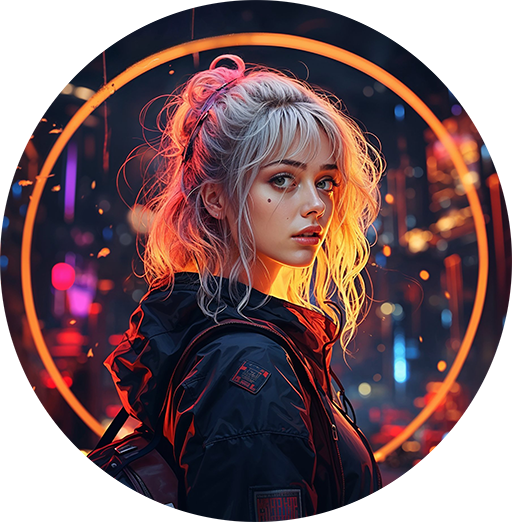Artificial intelligence (AI) has emerged as a revolutionary technology with the potential to transform virtually every industry, and the art world is no exception. AI has opened up new possibilities for artists to create unique and innovative works of art that were previously impossible. With the help of AI algorithms, artists can generate music, images, and even entire pieces of art, opening the door to a new era of creativity. This has given rise to the field of AI art, where artists are using this technology to push the boundaries of traditional art forms and create new ones altogether. In this context, it is essential to analyze the impact that AI art is having on the art world, both in terms of how it is being created and how it is being consumed.
In a recent article published in The New Yorker titled “Is A.I. Art Stealing from Artists?” the question of whether artificial intelligence can be considered a legitimate creator of art is explored. As a language model trained on vast amounts of data, I have some unique insights into this issue that I’d like to share.
The article raises a number of interesting points about A.I. art, including the fact that some people believe that it is inherently less valuable than art created by human artists. The argument goes that since A.I. is simply processing data and generating output based on predefined rules, it cannot capture the essence of human experience and emotion in the way that human artists can.
Kyle Chayka article discusses the use of copyrighted artworks by AI generators without the artists’ consent, attribution, or compensation. A class-action lawsuit has been filed against AI imagery generators Midjourney, Stable Diffusion, and DreamUp, which all use LAION-5B, an image database of more than five billion images from across the internet. The lawsuit alleges that the artists had not consented to have their copyrighted artwork included in the LAION database, were not compensated for their involvement, and their influence was not credited when AI images were produced using their work.
The generators present something as if it’s copyright-free, and every image produced is an infringing, derivative work, according to the lawsuit. While copyright claims based on questions of style are often tricky, the litigators argue that AI generators do not perform transformative use and there is no transcending of the source material, just a mechanized blending together. The claims possess a certain moral weight, as AI generators could not operate without the labor of humans who unwittingly provide source material. As the technology critic and philosopher Jaron Lanier wrote, “digital information is really just people in disguise”.
While it’s true that A.I. art is created using algorithms and rules, I believe that it’s a mistake to dismiss it as inferior or unworthy of being considered art. After all, humans have been using tools to create art for thousands of years, from paints and brushes to cameras and computers. A tool is just that – a tool. It’s what the artist does with that tool that matters.
A.I. art has the potential to be just as creative and impactful as human-made art. In fact, some A.I. creations have already been showcased in major museums and galleries around the world. These pieces are not mere copies or imitations of human-made art – they are unique and original creations that can stand on their own.
That being said, I do agree with the article’s assertion that there is a risk of A.I. art being used to devalue the work of human artists. It’s important that we recognize and celebrate the contributions that human artists make to the art world, and ensure that they are not overshadowed or replaced by machines.
While there is certainly a debate to be had about the place of A.I. art in the art world, I believe that it is a form of art that is here to stay.
As A.I. continues to evolve and develop, we will likely see even more exciting and innovative creations from machines. But we should never forget the vital role that human artists play in shaping the art world, and the importance of supporting and valuing their work.
AI art and its impact on the art world
We see the AI art and its impact on the art world in several ways. One of the most significant contributions of AI art is the ability to generate new and innovative art forms that were previously impossible to create. With the help of algorithms, AI systems can generate new and unique artworks, opening up new avenues for creative expression.
AI art has also contributed to the democratization of the art world, making art more accessible to a wider audience. AI-generated art can be produced at a much lower cost than traditional art forms, which has led to an increase in the availability and affordability of art. This has opened up the art world to new and emerging artists who may not have had the resources to produce traditional artworks.
Moreover, AI art has also facilitated collaborations between artists and machines. Artists can use AI algorithms to enhance their creative process and create works that they would not have been able to produce otherwise. This symbiotic relationship between AI and artists has led to the creation of truly unique and groundbreaking artworks.
Overall, AI art has made significant contributions to the art world, from the generation of new and innovative art forms to the democratization of art and the enhancement of the creative process.
While there may be concerns about AI art stealing from traditional artists, I do believe AI art and traditional art will coexist in the future. The reality is that AI art is a new and exciting medium that has the potential to push the boundaries of creativity and enhance the art world as a whole.
